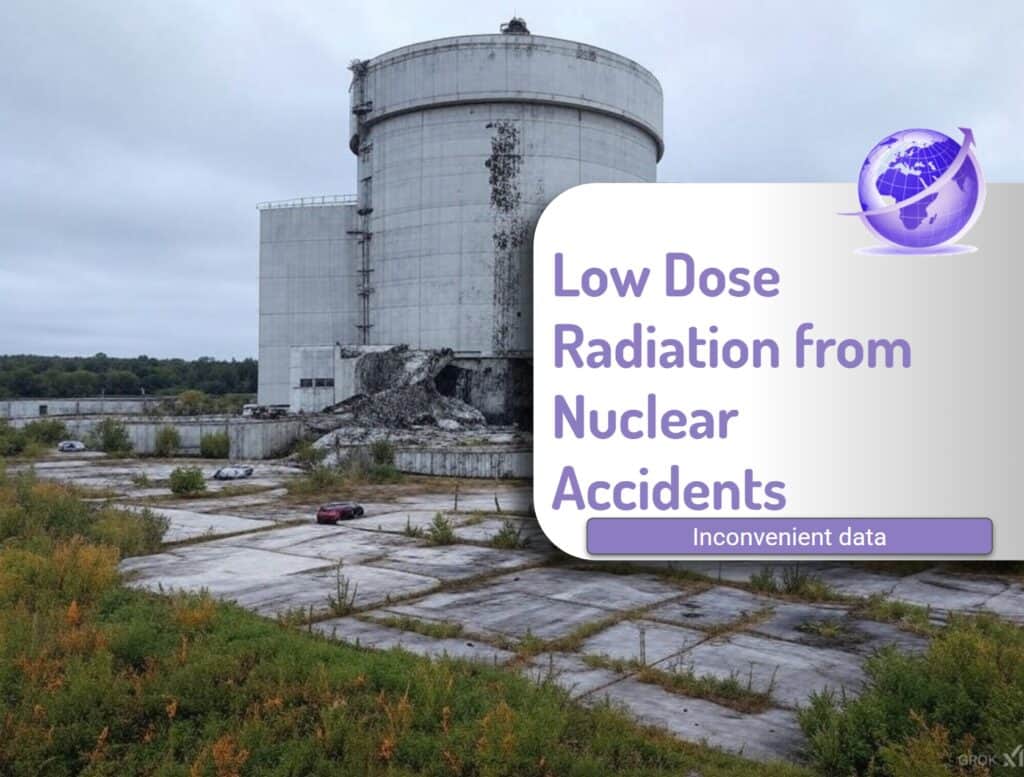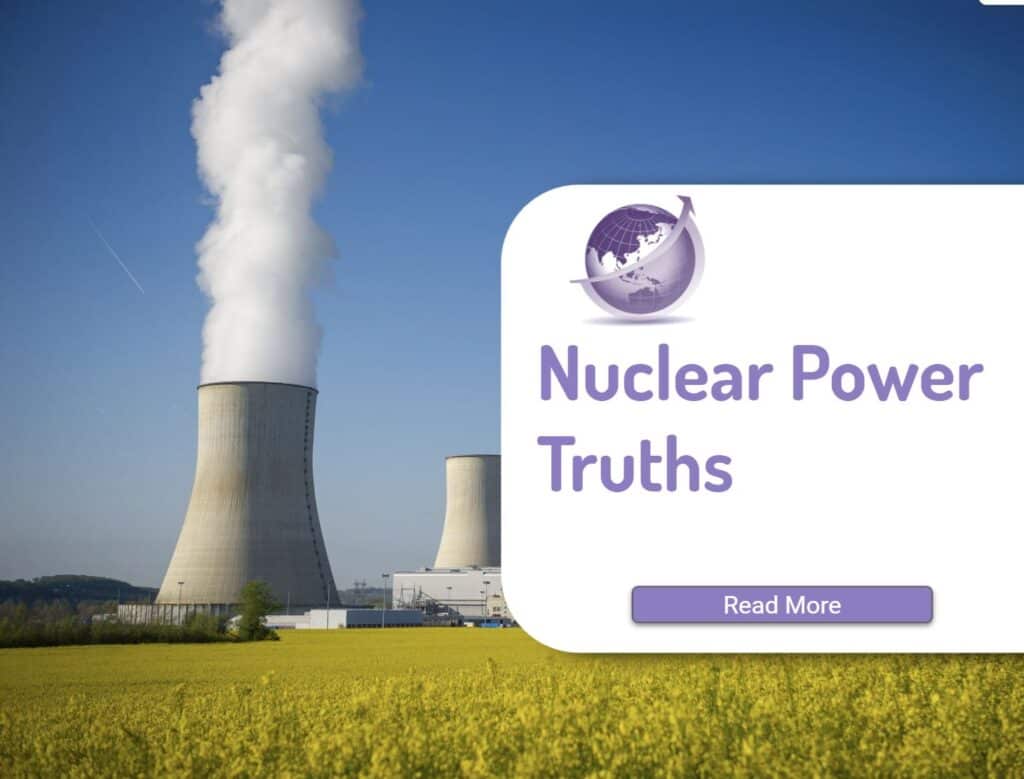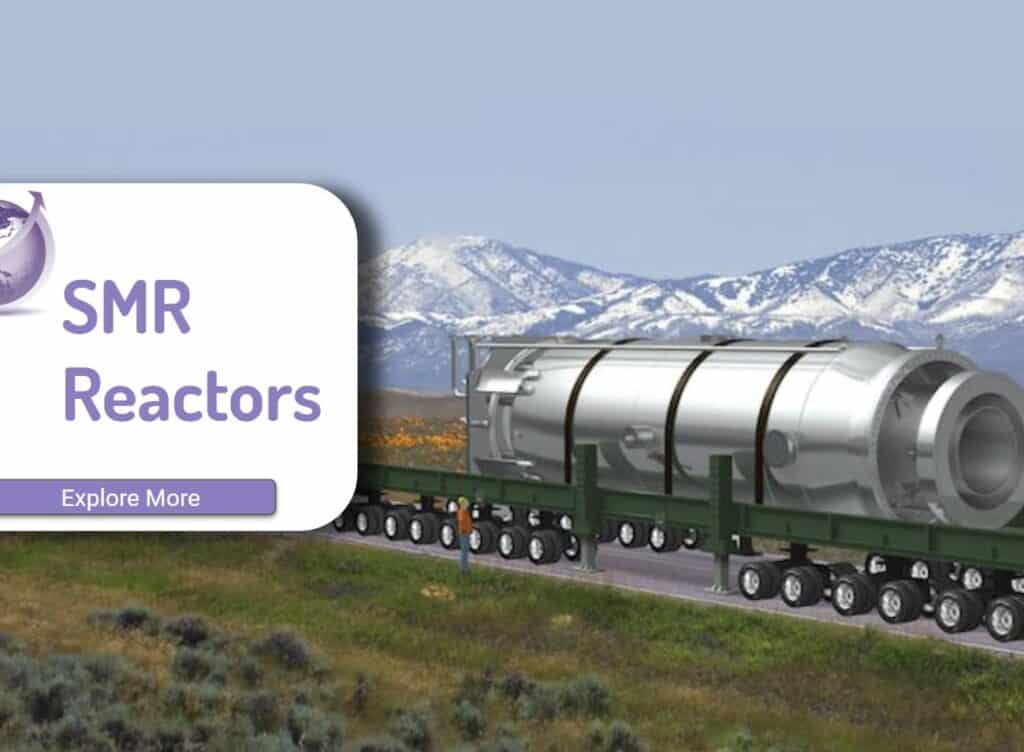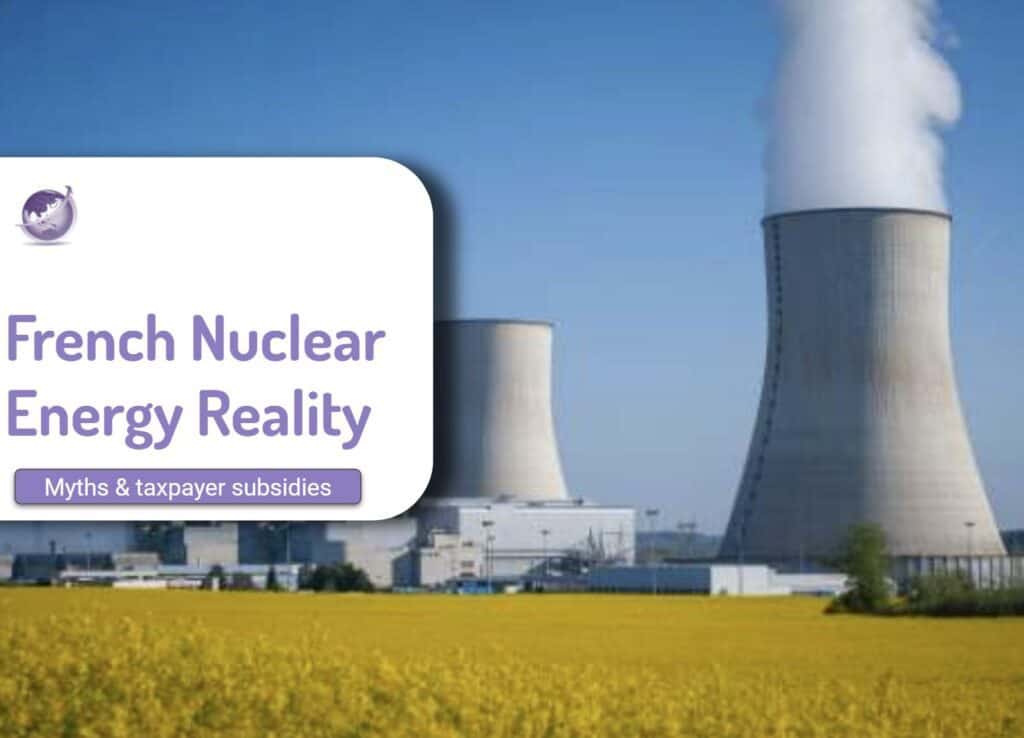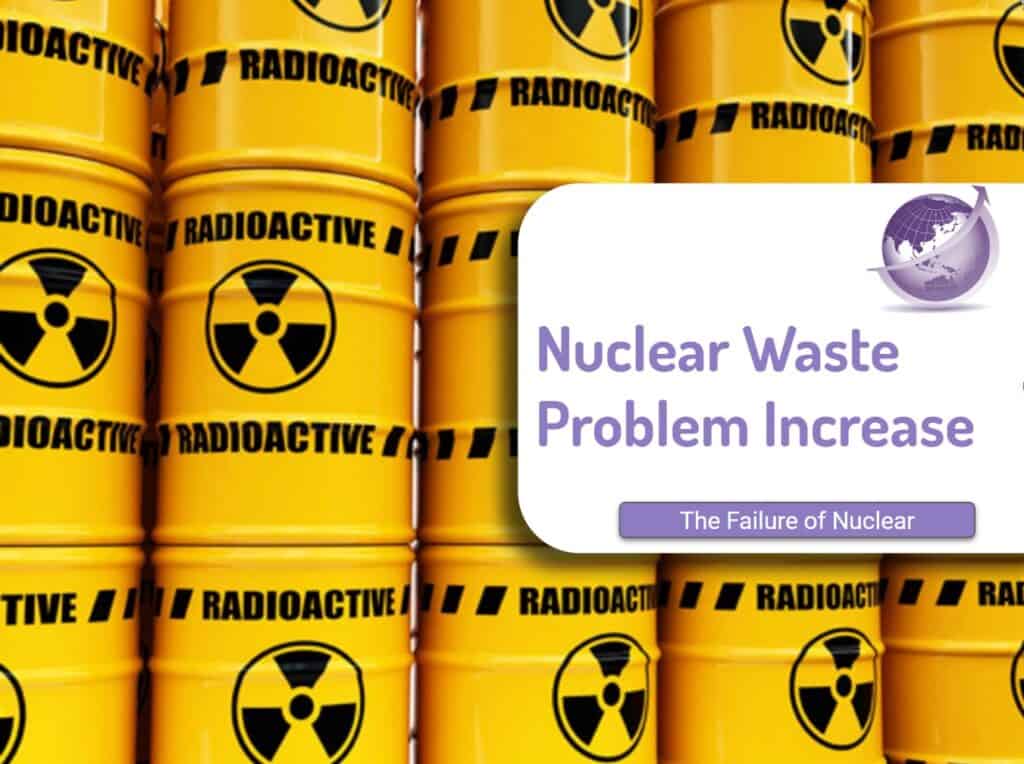Does low dose radiation from nuclear accidents create long-term thyroid cancer risk? Iodine-131 exposure is a well-established outcome of low-dose radiation from nuclear accidents like Chernobyl, with a strong linear dose-response relationship observed even at low doses. (~0.05 Gy) [1] [2] [3] [4] These findings established excess relative risk (ERR) per gray (Gy) as a key metric, showing consistent long-term effects with no evidence of decrease over decades. Studies also identified critical modifiers, including iodine deficiency, dietary habits, and delayed prophylactic interventions, as factors that increase cancer risks.
In contrast, studies following the 2011 Fukushima accident have failed to identify similar increases in radiation-induced thyroid cancer, despite large-scale monitoring programs such as the Fukushima Health Management Survey (FHMS). Proactive public health measures in Fukushima, including early evacuation, food restrictions, and iodine prophylaxis, minimised thyroid doses to children and residents, with most receiving less than 10–50 mSv. No detectable radiation-induced thyroid cancer has been reported, and increased thyroid cancer prevalence in Fukushima has been attributed largely to overdiagnosis resulting from intensive ultrasound screening programs rather than radiation exposure itself. [5] [6] [7].
1. Thyroid Cancer Risks:
- Chernobyl Evidence:
- Strong evidence links iodine-131 exposure in children (<18 years old) to a linear increase in thyroid cancer risk, with a dose-response relationship of excess relative risk (ERR) per Gy of 1.91 [1], [2], [3]
- Risks persisted for decades without attenuation over time and were observed even at low doses (e.g., ~0.05 Gy I-131 thyroid dose) [1], [2] .
- Exposure through contaminated food and inadequate iodine prophylaxis were critical factors in amplifying risks [2], [3], [4]
- Fukushima Observations:
- Thyroid doses among the majority of Fukushima residents were low (most ≤10 mSv; maximum ~30-50 mSv) due to effective countermeasures (evacuation, food controls) [5], [6], [8], [9]
- Large-scale systematic screenings through the Fukushima Health Management Survey (FHMS) detected high thyroid cancer prevalence, but the excess is attributed to overdiagnosis and screening effects, with no direct evidence of radiation-induced thyroid cancers [5], [7], [10]
2. Broader Cancer and Health Outcomes:
- Non-Thyroid Cancers: Evidence for increased risks of cancers other than thyroid cancer from low-dose exposures (≤100 mSv) in Chernobyl and Fukushima populations is limited or inconclusive [5], [7], [11]
- Mental and Physical Health: Psychosocial stress, lifestyle changes (e.g., metabolic disorders), and psychological distress were prominent in Fukushima but unrelated to radiation exposure itself [6], [7], [10], [12]
3. Radiation Dose Contexts:
- Dose Differences Between Chernobyl and Fukushima:
- Chernobyl: Higher individual thyroid doses (often >100 mSv) due to delayed iodine prophylaxis and widespread contamination [1], [2], [3]
- Fukushima: Lower thyroid doses (<30 mSv) primarily reflected early evacuation and containment measures [5], [7], [9]
- Uncertainties: Fukushima dose reconstructions highlighted variability in early ingestion pathways for internal iodine-131 exposure, indicating areas for improved dosimetry models [8], [9], [13]
4. Policy and Research Implications:
- Screening Effects: Overdiagnosis from proactive monitoring (e.g., thyroid ultrasound) underscores the need to separate screening-detected cases from true radiation-induced cancers [5], [10]
- Low Dose-Response Debates: Risks at very low doses (<10-20 mSv) remain difficult to quantify, leading to ongoing debates over the applicability of linear dose-response models (e.g., LNT) [5], [14], [15]
Conclusion:
Robust epidemiological evidence (e.g., from Chernobyl) confirms an increased risk of childhood thyroid cancer due to iodine-131 exposure, even at moderate doses (~0.05 Gy) [1], [3], [4] . However, such health effects have not been observed in Fukushima residents, where exposures were much lower (~≤30 mSv) and thyroid cancer cases primarily stem from overdiagnosis rather than radiation-induced effects [5], [7], [16] . Broader cancer risks and health outcomes at low doses remain highly uncertain.
References – Low Dose Radiation From Nuclear Accidents
[1] A. Brenner et al., ‘I-131 Dose Response for Incident Thyroid Cancers in Ukraine Related to the Chornobyl Accident’, Environmental Health Perspectives, vol. 119. pp. 933–939, 2011. doi: 10.1289/ehp.1002674.
[2] P. Jacob et al., ‘Childhood exposure due to the Chernobyl accident and thyroid cancer risk in contaminated areas of Belarus and Russia’, British Journal of Cancer, vol. 80. pp. 1461–1469, 1999. doi: 10.1038/sj.bjc.6690545.
[3] E. Cardis et al., ‘Risk of thyroid cancer after exposure to 131I in childhood.’, Journal of the National Cancer Institute, vol. 97 10. pp. 724–32, 2005. doi: 10.1093/JNCI/DJI129.
[4] Y. Demidchik, V. Saenko, and S. Yamashita, ‘Childhood thyroid cancer in Belarus, Russia, and Ukraine after Chernobyl and at present.’, Arquivos brasileiros de endocrinologia e metabologia, vol. 51 5. pp. 748–62, 2007. doi: 10.1590/S0004-27302007000500012.
[5] S. Yamashita, S. Suzuki, S. Suzuki, H. Shimura, and V. Saenko, ‘Lessons from Fukushima: Latest Findings of Thyroid Cancer After the Fukushima Nuclear Power Plant Accident’, Thyroid, vol. 28. pp. 11–22, 2018. doi: 10.1089/thy.2017.0283.
[6] A. Kumagai and K. Tanigawa, ‘CURRENT STATUS OF THE FUKUSHIMA HEALTH MANAGEMENT SURVEY’, Radiation Protection Dosimetry, vol. 182. pp. 31–39, 2018. doi: 10.1093/rpd/ncy138.
[7] S. Yasumura et al., ‘Achievements and Current Status of the Fukushima Health Management Survey’, Journal of Epidemiology, vol. 32. pp. S3–S10, 2022. doi: 10.2188/jea.JE20210390.
[8] E. Kim, O. Kurihara, N. Kunishima, T. Momose, T. Ishikawa, and M. Akashi, ‘Internal thyroid doses to Fukushima residents—estimation and issues remaining’, Journal of Radiation Research, vol. 57. pp. i118–i126, 2016. doi: 10.1093/jrr/rrw061.
[9] S. Nagataki, N. Takamura, K. Kamiya, and M. Akashi, ‘Measurements of Individual Radiation Doses in Residents Living Around the Fukushima Nuclear Power Plant’, vol. 180. pp. 439–447, 2013. doi: 10.1667/RR13351.1.
[10] K. Kamiya, ‘Health management and care following the Fukushima nuclear power plant accident: overview of Fukushima Health Management Survey’, Annals of the ICRP, vol. 50. pp. 82–89, 2021. doi: 10.1177/01466453211015402.
[11] Y. F. Ali, F. Cucinotta, N.-A. Liu, and G. Zhou, ‘Cancer Risk of Low Dose Ionizing Radiation’, vol. 8. 2020. doi: 10.3389/fphy.2020.00234.
[12] K. Tanigawa, ‘Medical and health surveillance in postaccident recovery: experience after Fukushima’, Annals of the ICRP, vol. 47. pp. 229–240, 2018. doi: 10.1177/0146645318756819.
[13] Kimiaki and Saito, ‘Features of Exposure Doses to the Public due to the Fukushima Accident’. 2017. https://www.sciencedirect.com/science/article/pii/S0265931X18307884
[14] S. Nagataki and N. Takamura, ‘A review of the Fukushima nuclear reactor accident: radiation effects on the thyroid and strategies for prevention’, Current Opinion in Endocrinology & Diabetes and Obesity, vol. 21. pp. 384–393, 2014. doi: 10.1097/MED.0000000000000098.
[15] Y. Oghiso, ‘Health Risks of Low Dose-Rate and Low Dose Radiation Exposures’, Journal of Veterinary Epidemiology, vol. 16. pp. 1–3, 2012. doi: 10.2743/JVE.16.1.
[16] K. Ozasa and K. Katanoda, ‘A Special Issue on Fukushima Has Been Released a Decade After the Great East Japan Earthquake’, Journal of Epidemiology, vol. 32. pp. S1–S2, 2022. doi: 10.2188/jea.JE20220185.

